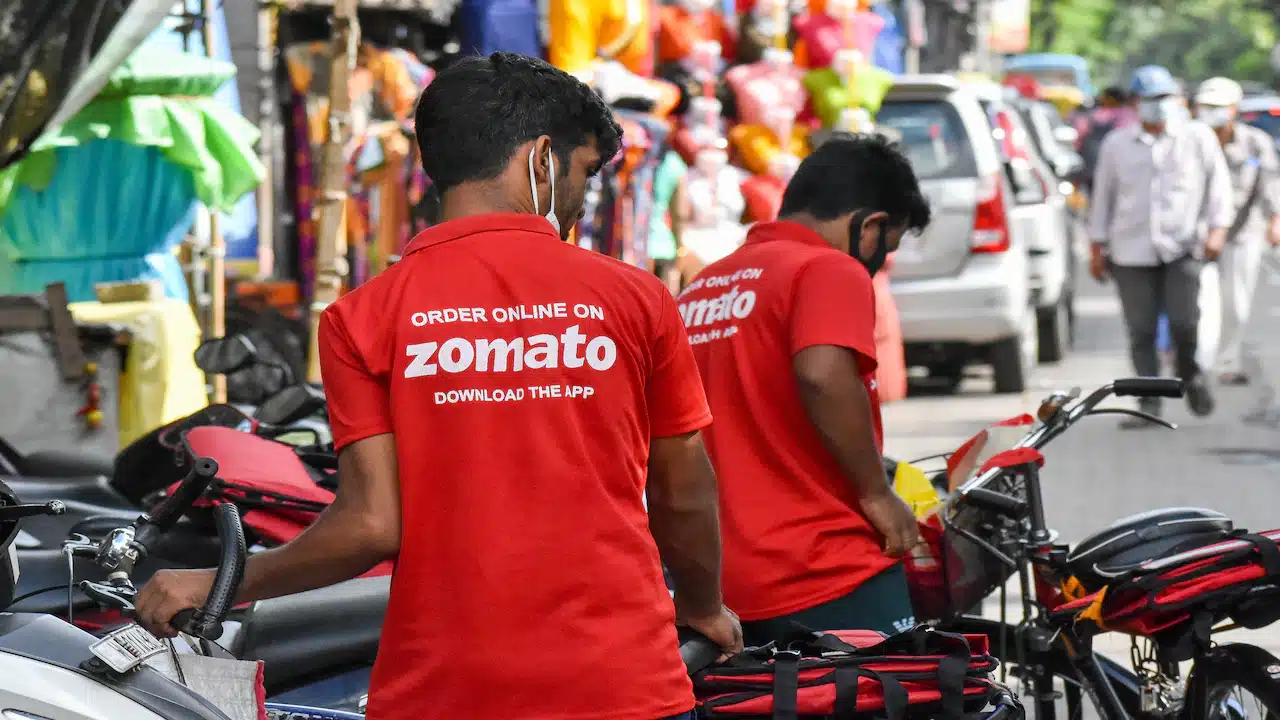Zomato’s Stock Plunge: Analyzing the Decline

Zomato, a leading online food delivery and quick-commerce platform, has faced a significant downturn in its stock prices recently. After reaching a record high in December 2024, shares of Zomato have plummeted over 30%. This decline has raised concerns among investors and analysts alike. The company’s latest financial results revealed a sharp drop in net profit, which has further fueled the stock’s downward trajectory. In this article, we will explore the reasons behind Zomato’s stock decline, the impact on its competitors, and the outlook for the future.
Reasons Behind Zomato’s Stock Decline
Zomato’s recent financial results have been disappointing. The company reported a consolidated net profit of Rs 59 crore for the December quarter, marking a staggering 57% decrease from Rs 138 crore in the same period last year. While operational revenue increased by 64% year-on-year to Rs 5,405 crore, the sequential growth of just 13% fell short of market expectations. This mismatch between revenue growth and profit has alarmed investors.
Brokerages have responded with caution. Nomura has lowered its price target for Zomato from Rs 320 to Rs 290, citing challenges in Blinkit operations. Similarly, Jefferies has adjusted its target down to Rs 255 from Rs 275. Analysts suggest that Zomato’s aggressive investments in expanding its quick-commerce business have led to increased operational expenses, which will likely impact profits in the short term. Siddhartha Khemka from Motilal Oswal Financial Services noted that Zomato’s strategy of front-loading capital expenditures could lead to short-term pain for the stock.
Impact on Competitors: Swiggy’s Response
The decline in Zomato’s stock has also affected its smaller rival, Swiggy. Following Zomato’s disappointing earnings report, Swiggy’s shares dropped by 8%. This reaction highlights the interconnected nature of the food delivery market in India. Investors are concerned about the overall health of the sector, especially as both companies compete fiercely for market share.
Swiggy has yet to report its October-December results, but analysts predict that its path to profitability may be extended. Unlike Zomato, Swiggy has not yet achieved profitability in its food delivery business. Khemka pointed out that the increased competition and Zomato’s aggressive expansion could further complicate Swiggy’s efforts to become profitable. As both companies invest heavily in customer acquisition and operational expansion, the pressure on profit margins is likely to intensify.
Analyst Perspectives and Future Outlook
Despite the current challenges, some analysts remain optimistic about Zomato’s long-term prospects. Motilal Oswal has maintained a ‘Buy’ rating on Zomato, albeit with a reduced price target of Rs 270, down from Rs 330. JM Financial has also suggested that long-term investors should consider building positions in Zomato, indicating a potential upside of 30% from recent prices.
Dharan Shah, founder of Tradonomy.com, emphasized the importance of balancing growth with financial sustainability. As Zomato pursues its growth strategy, particularly in rapid delivery services, it must navigate the challenges of maintaining profitability. Analysts believe that while the near-term outlook may be uncertain, Zomato’s focus on expanding its quick-commerce operations could position it well for future growth.
Observer Voice is the one stop site for National, International news, Sports, Editor’s Choice, Art/culture contents, Quotes and much more. We also cover historical contents. Historical contents includes World History, Indian History, and what happened today. The website also covers Entertainment across the India and World.

